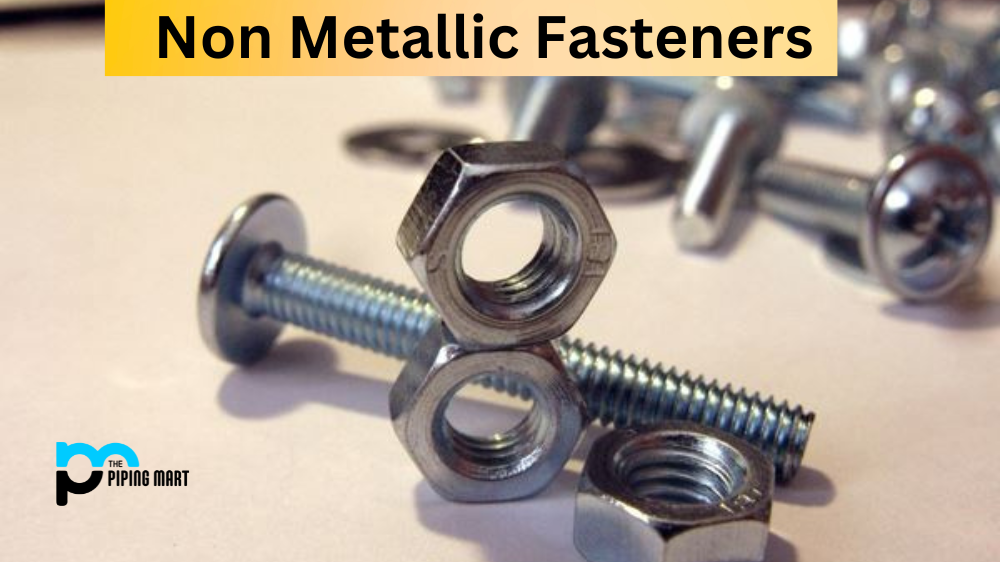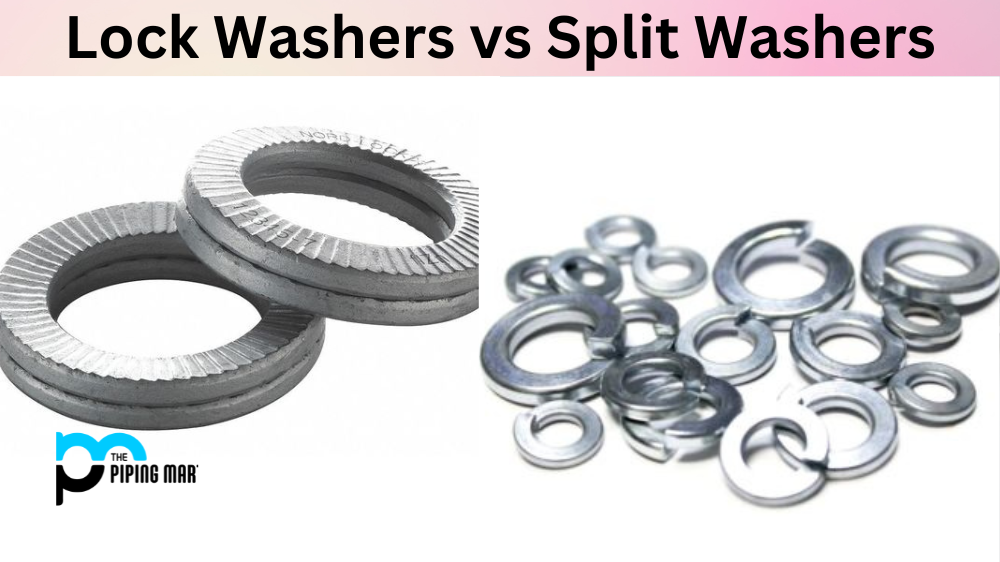Lead screws are an essential component in various industrial applications. They are responsible for translating rotational motion to linear motion or vice versa. Different types of lead screws are available in the market, and choosing the right one can be pretty challenging. This article will discuss the various types of lead screws and their applications.
Types of Lead Screws
ACME Lead Screw
The ACME lead screw is the most common type of lead screw used in industrial applications. It has a trapezoidal thread profile, which provides high efficiency and stiffness. ACME lead screws are ideal for heavy-duty applications because of their high load-carrying capacity. They are commonly used in CNC machines, lathes, and milling machines.
Ball Screw
Ball screws are highly precise and offer a high level of accuracy. They use a ball-bearing assembly between the nut and the screw to reduce friction, resulting in smooth and efficient operation. Ball screws are ideal for high-speed applications and are commonly used in aerospace, automotive, and medical industries.
Buttress Screw
Buttress screws are designed for applications with a load in one direction. The thread profile is asymmetrical, with one side having a steep angle and the other a flat surface. This design provides high efficiency and stiffness, making it ideal for applications that require high axial load capacity.
Square Threads Lead Screws
Square threads are a type of lead screw that offer many benefits in industrial settings. The design of their thread profile produces a tight fit between the screw and nut, which leads to a highly efficient transfer of motion. Their robust construction makes them resistant to wear and a reliable choice for applications with high loads and aggressive use. With their precision machining and specialized design, square threads are essential for manufacturing processes requiring accurate positioning and movement.
Trapezoidal Screw
Trapezoidal screws are similar to ACME screws but have a different thread profile. The thread angle is 30 degrees, compared to 29 degrees for ACME screws. This minor difference in angle provides a higher load-carrying capacity and efficiency. Trapezoidal screws are commonly used in industrial applications such as linear actuators, slide gates, and transfer systems.
Power Screw
Power screws are a type of lead screw that uses a nut and a rotatable screw to translate rotational motion into linear motion. They are commonly found in power transmission systems for lifting and lowering heavy loads. Power screws are ideal for applications that require high reliability and long life.
Conclusion
Choosing the correct type of lead screw for an application is crucial to ensure its success and reliability. Whether you require high precision, efficiency, or load capacity, there is a lead screw available to meet your needs. ACME, ball, buttress, trapezoidal, and power screws are the most commonly used types in industrial applications. Understanding their strengths and weaknesses is critical to selecting the right one for your project.

A passionate metal industry expert and blogger. With over 5 years of experience in the field, Palak brings a wealth of knowledge and insight to her writing. Whether discussing the latest trends in the metal industry or sharing tips, she is dedicated to helping others succeed in the metal industry.




